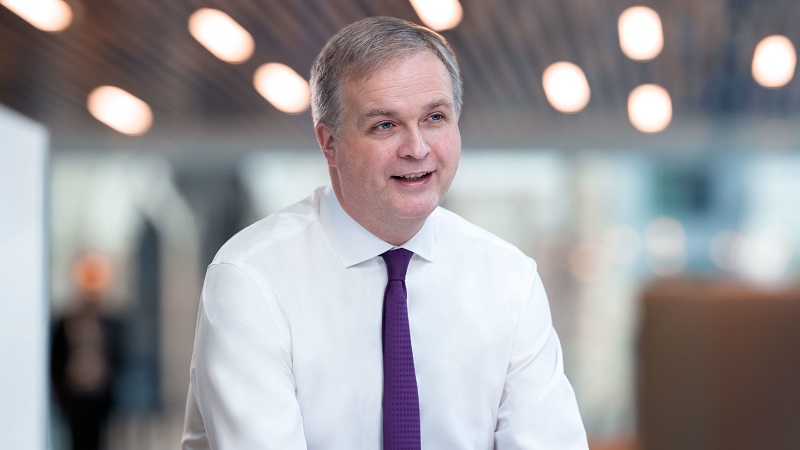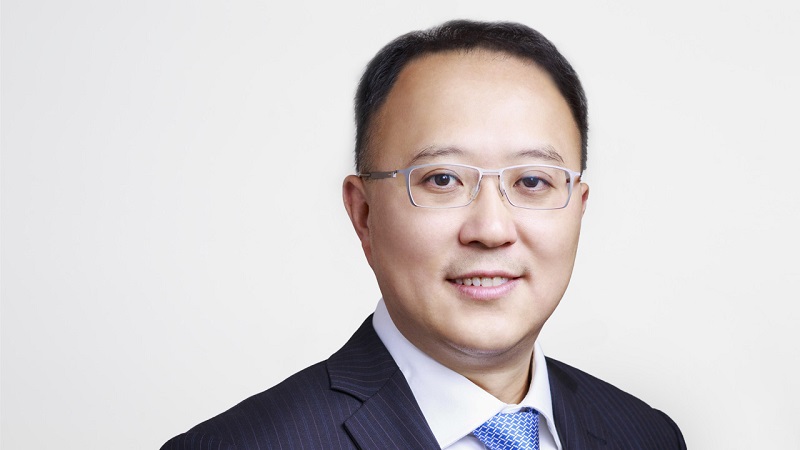An Invesco fixed income fund with an Asian focus caters to a gap in the market although its thematic approach has been labelled “gimmicky”.
The US asset management giant is targeting retail investors with its Belt and Road Debt fund, which will invest in sovereign and corporate debt in countries exposed to the Chinese government initiative.
Ken Hu (pictured), fixed income CIO for Asia Pacific, will lead the team managing the fund.
Gimmicky fund theme
AJ Bell head of active portfolios Ryan Hughes said most UK investors are likely underexposed to Asian bonds, but he felt tying the fund to the belt and road initiative was very marketing-led decision.
“It feels a little bit gimmicky. But the broad opportunity set around Asia and the Middle East, I can definitely see an argument for looking at that part of the world for people’s portfolios.”
The belt and road initiative involves projects in 68 countries to which Chinese institutions have already committed $600bn. Xi Jinping launched the project in 2013 in an effort to improve land and sea connectivity between Asia, Europe, the Middle East and Africa.
Invesco said the fund catered to a growing interest in theme-based investing, particularly in wealth management channels.
However, Tilney managing director Jason Hollands was sceptical. “I think a fund narrowly focused on a single policy initiative by the Chinese state is going to be way too ‘special interest’ for most advisers, wealth managers and private clients, many of whom either don’t invest in emerging market debt or only allocate a small proportion of client portfolios to the asset class,” Hollands said.
Ongoing charges for the Z share class are 0.93% with a 5% initial charge with a minimum investment of $1,500.
Not a Chinese fund
The fund is not as China-centric as investors might expect, Hu said in a press release announcing the fund launch.
In March, Hu said a Hong Kong version of the fund, which launched in March and currently holds $59.48m worth of assets, would hold 30-50% in Asia and African sovereigns while the remainder would be held in corporate bonds. The team was even assessing a French food producer that derives 46% of revenue from the countries under the initiative, Portfolio Adviser sister publication Fund Selector Asia reported.
The fund will make active country allocations independent of any benchmark. Ten percent can be allocated to equities.
According to the October factsheet for the Hong Kong fund, China is the largest country allocation at 32.8% followed by Mongolia (10.2%) and the UK (8%). B-rated issuers accounted for 48.2% of the portfolio, while the average credit rating was BB.
US trade war plays into fund theme
Invesco played down political risks inherent in the fund’s theme, even noting geopolitical risks could play into its favour.
Hu said: “The fact that the belt and road initiative was written into the Chinese constitution in 2017 ensures that it will remain a long-term priority for government authorities and private enterprises.
“In addition, as trade tensions with the US rise, China’s commitment to the belt and road initiative should deepen and as the US, EU, UK and Japan are increasingly competing with China on direct investments in the belt and road region, the recipient countries would benefit from capital inflows.”
Asian bond allocations
Emerging market debt funds would be a more suitable way for investors to access debt securities connected the belt and road initiative, said Hollands.
However, Hughes said most UK investors would be underexposed to Asian bonds. “In the last three months we’ve just started to research that area because we acknowledged it’s a part of the bond market we weren’t getting huge exposure to.” He said for the immediate term he would prefer an Asian bond fund to access the region rather than the Invesco offering.
Hu also manages the Invesco Asia balanced, India Bond Fund and Renminbi Fixed Income funds.











